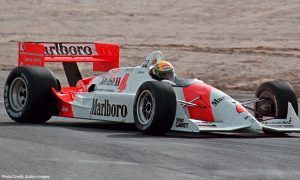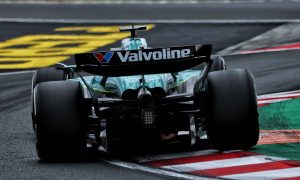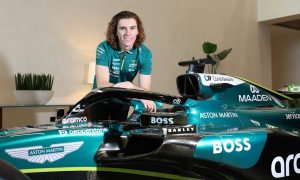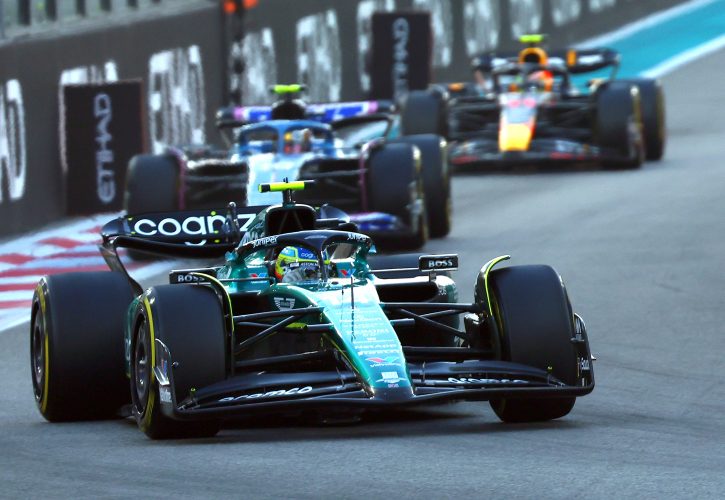
Aston Martin team boss Mike Krack sees no "big deviations" in F1’s pecking order in 2024 due to the sport’s current rule stability.
F1 teams head into their third year of Grand Prix racing’s ground effect regulations which were introduced in 2022.
Red Bull has been in a league of its own since the new rule book’s inception, which has logically incited their rivals to converge their designs towards the downwash sidepod concept so successfully exploited by the Milton Keynes-based outfit last season.
However, it’s been rumored that Ferrari and Mercedes have been pursuing revamped car concepts in an attempt to bridge the gap with Red Bull.
But Krack is expecting mostly an evolutionary approach to F1’s designs for 2024, with the majority of teams, including Aston Martin, focusing on refinement and development rather than revolution.
Read also:
“When you have stable rules, the way we have it now, teams will rather go evolutionary,” he told Motorsport.com.
“And, if you have such a standout car, as we have with Red Bull, I think a lot of people will try to go in that direction.
“On the other hand, we have heard from Ferrari, from Mercedes, that they will make very big architectural changes. So, we are curious to see what that is going to bring.
“But I think, all in all, if you look at it, usually what happens if the technical regs stay [the same] the field is moving closer together year on year.”
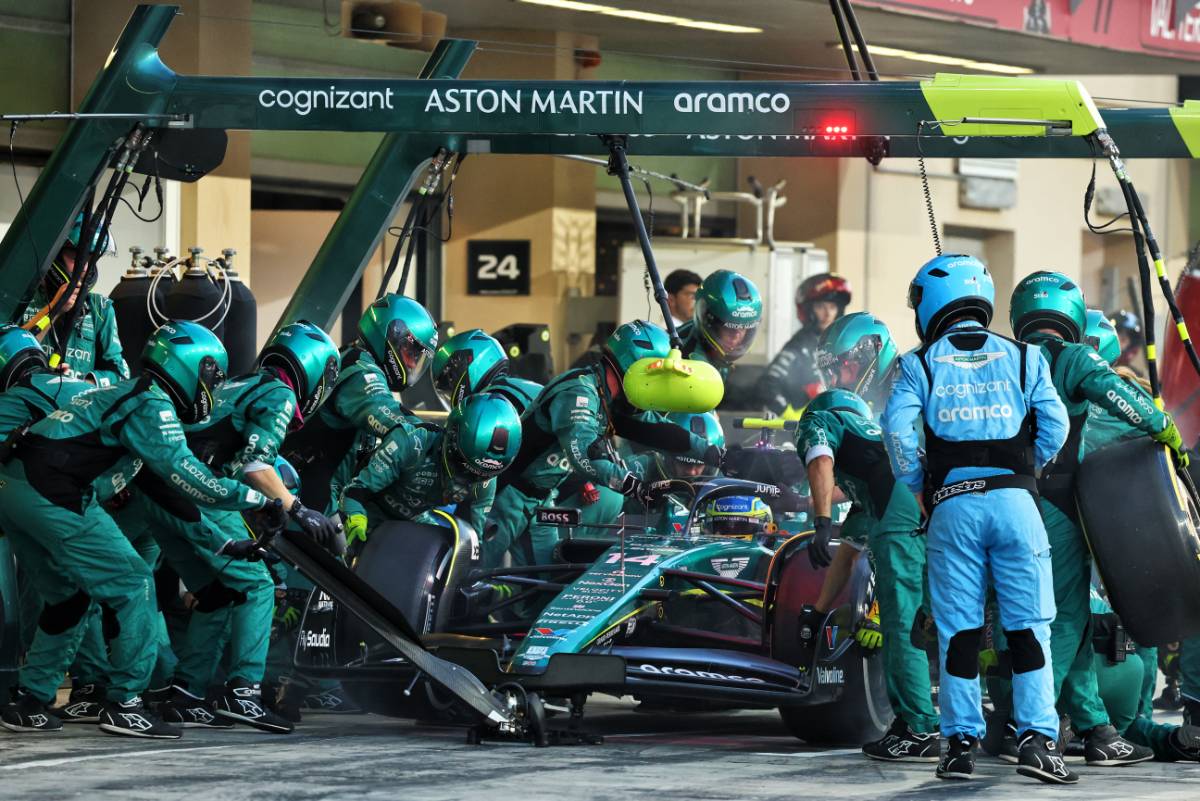
Although Red Bull maintained its dominance throughout the 2023 season, the final qualifying session in Abu Dhabi revealed a remarkable convergence among the field, with the entire pack separated by a mere 0.628 seconds.
This narrow margin underscores the intense competition and the pursuit of marginal gains that define the pinnacle of motorsport.
However, the pursuit of marginal gains extends beyond the technical aspects of the sport to include a team’s operational efficiency, as Krack explained.
“[The stability] is then also putting more emphasis on operations again because, if the cars are close together, it’s really the small details that make the difference on the grid position,” he said.
“[The tight gaps] will only get smaller, I think, over the years to come. So, to come back to the original question: I will be surprised if there are big deviations to where we are now.”
Keep up to date with all the F1 news via Facebook and Twitter



